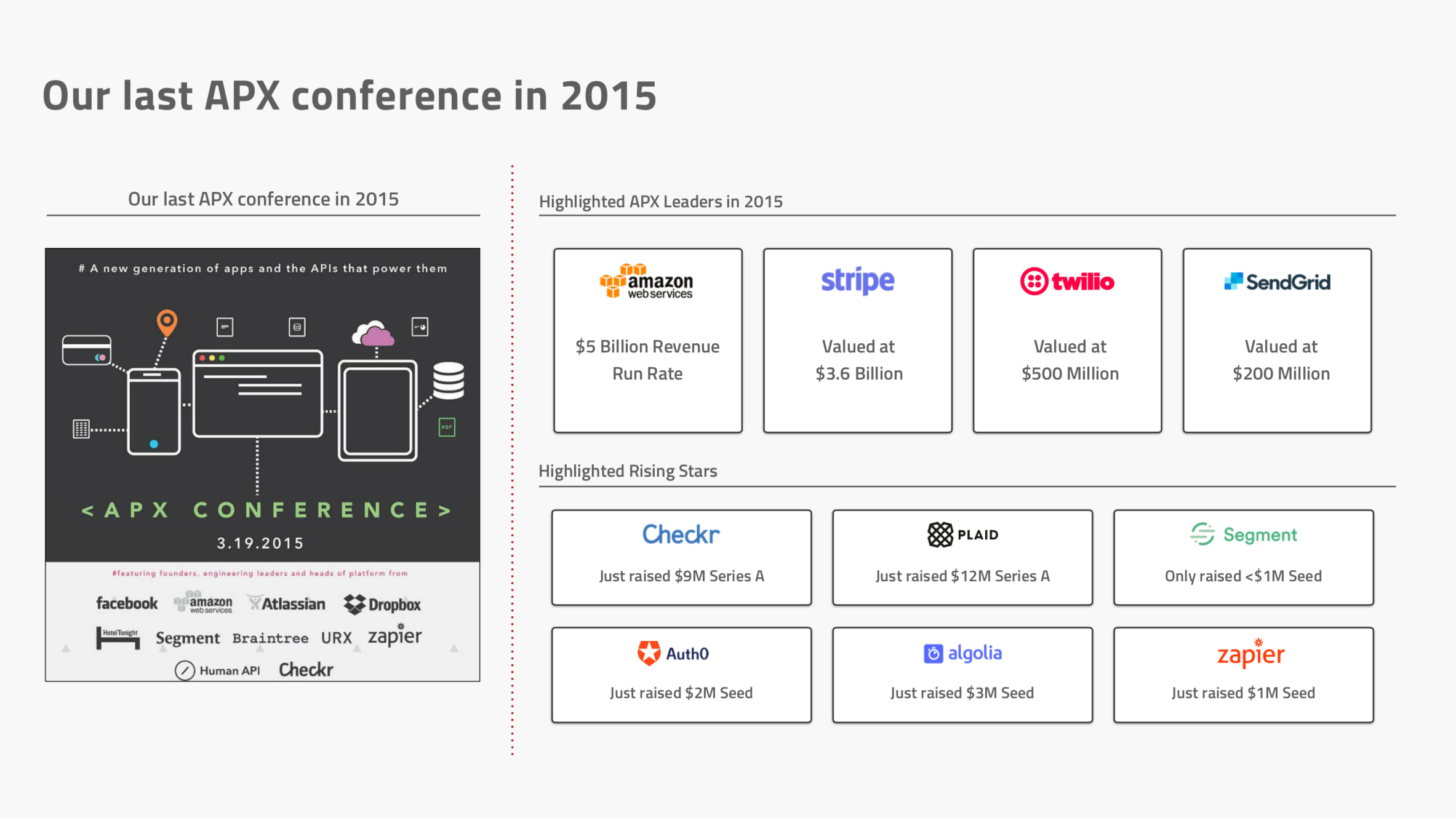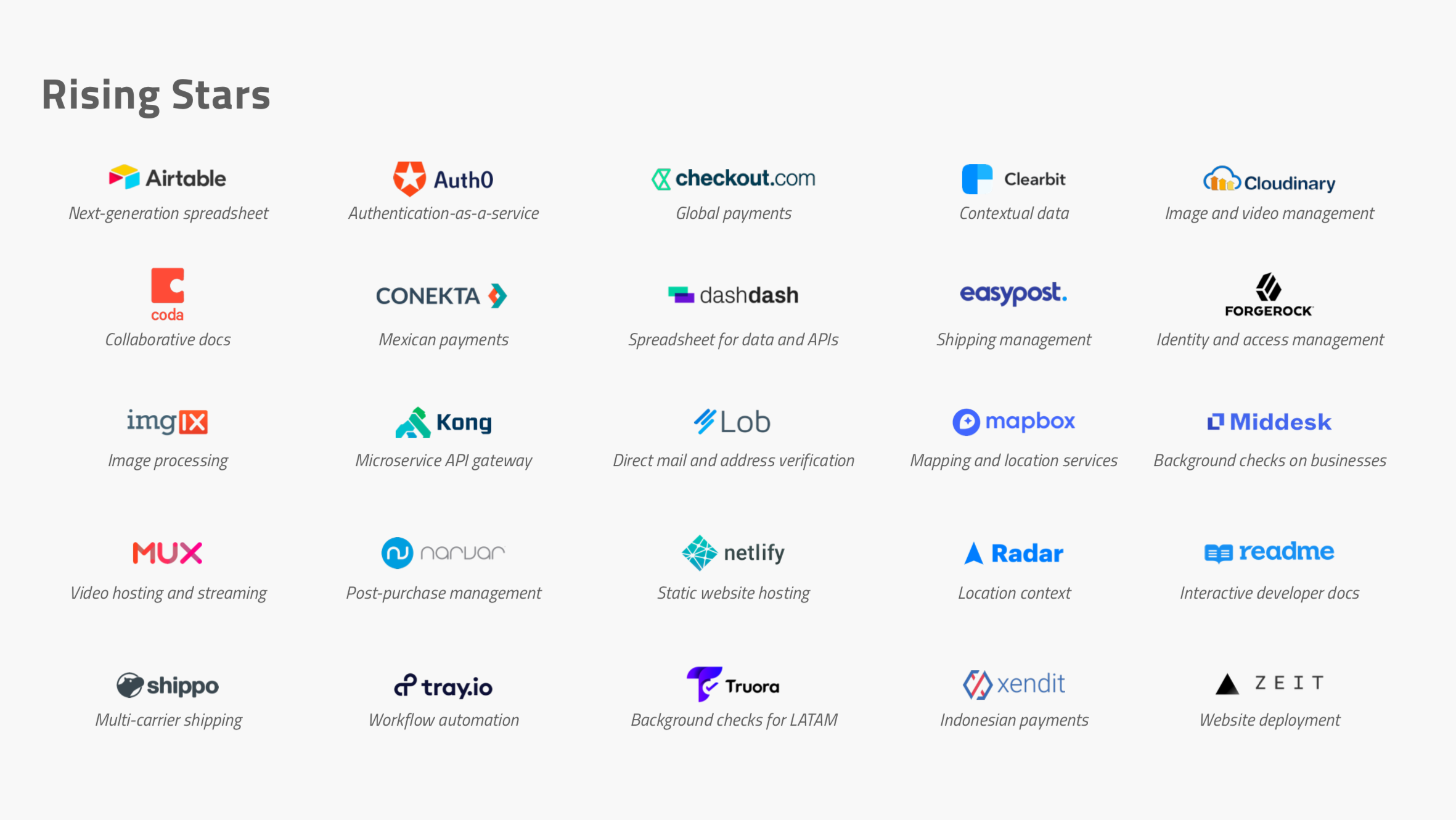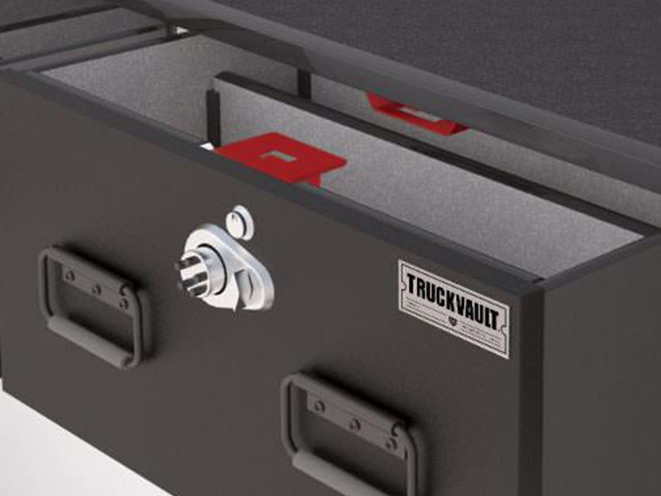Email marketing, as you’ll know, is such a big part of modern-day business.
Mistakes and bumps occur frequently – this can be due to not copy checking, missing links, and various other editing bloopers.
Fails are frustrating for both ends of the emails – even if we all appreciate that, as humans, we all make errors sometimes.
Mistakes and errors are great ways to learn – allowing you to overcome obstacles and create (nearly) perfect emails in the future.
Below, we’ve listed the top fails that every email marketing company endures – and how they can overcome them.
Dear First Name
There’s really nothing quite as personal as receiving an email that says, “Dear </FirstName>.”
Not only does this tell the user that they’re just a small tool in your marketing machine, but it’s also highly unprofessional.
Email marketing is supposed to revolve around, making meaningful relationships with customers or clients. Sending out an email like this will push your audience away, making them feel like, well, a name on a list.
The best way to stop issues like this happening is by sending out test emails. This way you can make sure that your HTML all works fine.
Also, when you’re asking people to sign up to your mailing list, are you making it essential for them to give their names? Make sure there’s little margin for error or embarrassment.
Spelling errors
This is an inevitable part of any company that works with writing copy. Of course, certain typos and grammar mistakes are inescapable, especially if you’re sending out multiple emails a week.
Double-check over your email copy, and make sure grammar is all up to standard. For example, an email from San Antonio read:
“Help Kids Enjoy FREE beer” – one little comma changes the entire message that this email is trying to depict. Always check your emails, use tools like Grammarly to make sure you’re sending out an email that won’t become a viral tweet.
Spell check might not always be your friend, too – autocorrect can make some embarrassing changes, so make sure it’s not changed anything without you noticing.
Read over your email a few times before sending it out. That’s the key to a faultless campaign.
If you aren’t ready to hire an in-house team of writers and editors, you can always take advantage of the available services and tools like Trust My Paper, Best Essay.Education, Grammarly, and Hemingway.
Segmenting your audience
If you have a large mailing list, make sure that you’re segmenting your audience to an impeccable degree.
You may remember when Amazon sent out a baby registry email to thousands of people with no babies or no babies on the way. That was a big blunder that caused a little bit of laughter.
However, segmenting your audience wrongly can lead to some disasters. Certain audiences don’t want to receive certain emails, and it may push them to unsubscribe.
In fact, the National Client Email Report from the DMA in 2015, stated that 77% of email marketing ROI came from segmented, targeted, and triggered campaigns.
Make sure that customers or clients are updating their preferences, to stop them from clicking the unsubscribe button.
The images don’t follow the rules
Certain emails just don’t look the way you want them to, once you’ve sent them out.
Various buttons and images will completely go rouge, and make your email look so strange.
This actually has cataclysmic consequences – if your customer opens up the email, and sees a jumble of images and buttons, they won’t stay on it for long.
Again, this can be solved with a simple test email being sent out to multiple different browsers and devices. This way, you can ensure that it all works the way you want it to.
Don’t try to hide the unsubscribe button
As an email marketing company, the unsubscribe button might feel like your worst enemy – but you should never try to hide the button.
Every form of an electronic message is required to have an unsubscribe option, and it’s only fair.
Firstly, you could end up getting in a lot of trouble, which is never desirable and doesn’t reflect well on your company.
Secondly, if they can’t find your unsubscribe button, they might just choose to report your email for spam. When multiple people do this, it causes real problems.
Just make sure it’s nice and obvious. If people want to unsubscribe, for whatever reason, they should be able to without any issues.
Fonts not displaying correctly
Email clients are very restrictive when it comes to what they may (or may not) render.
It’s frustrating because there’s a wide range of beautiful fonts out there, but you can’t use them all with emails. Sometimes, it just isn’t worth the risk too.
It all depends on the contact’s own device. This means it’s best if you stick to standard web fonts, so you can ensure they’re accessible to everybody.
If the font you have used isn’t on the recipient’s device, it will fall back to a web standard font anyway. This can cause your design to look strange for some people. You don’t have any control over what this backup version looks like, unfortunately.
“I strongly recommend that you always play it safe with fonts. The standard web fonts can make great emails, anyway. Don’t be disheartened if some obscure font you really like can’t be integrated or displayed in various email clients.” — Amanda Muller, an email marketing specialist at Grab My Essay.
Ineffective subject lines
Did you know an average business worker receives and sends upwards of 121 emails every single day?
There’s very little chance that they will open and read every single one. They will, however, see all the subject lines.
If you have a cliché or boring subject line, they’ll delete without even opening.
Writing headlines and subject lines is a tricky art to master. It’s absolutely essential, though. The subject line is the difference between an email that’s engaged with, and one that isn’t.
Plan your subject lines carefully, and always make sure that you’re targeting the audience that you want to.
Emojis are a great way to communicate in business, believe it or not. This is especially true if you’re targeting younger generations.
Remember; what’s the problem you’re trying to solve or the main selling point?
Offering no value
On the same note, with so many emails being sent out every single day – you have to provide your audience with value.
To begin, you have to build a relationship and create a level of trust with your subscribers. This will ensure that they will open your emails.
For example, if you’re a travel website – make sure that you provide your audience with a mixture of valuable information and promotions. Top 10 travel tips, The best rucksacks for backpackers, and the cheapest hostels in Bali are all great pieces of information, that can all be used as selling points.
Don’t give too much information, though. People don’t have the time or attention span to read through paragraphs of information. Make it short and sweet – with snappy, appealing links, and headlines. Give the power to the reader.
Conclusion
With all these common mistakes and fails, it should all be seen as a learning curve.
There are multiple ways that an email campaign can go wrong – but avoiding these top mistakes will ensure that it happens much less often.
Failure doesn’t mean that you should give up. It simply means that you should keep climbing and learning. It’s a necessary part of creating the most successful email campaigns.
What mistakes have you learned from?

via Noupe
Top Fails That Hit Every Email Marketing Company
 Ohio State University’s licensing income from licensing research and staff innovations reached a new record of $8.8 million in 2019, even without the benefit of a one-time stock sale the prior year.
Ohio State University’s licensing income from licensing research and staff innovations reached a new record of $8.8 million in 2019, even without the benefit of a one-time stock sale the prior year.






 Melissa Bailey joined Ohio State University’s optometry faculty in 2006, catching the entrepreneurial bug amid the school’s first efforts to amp up commercialization of research.
Melissa Bailey joined Ohio State University’s optometry faculty in 2006, catching the entrepreneurial bug amid the school’s first efforts to amp up commercialization of research.






